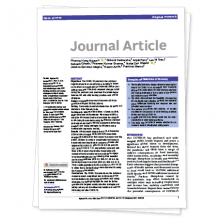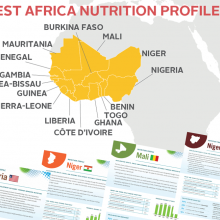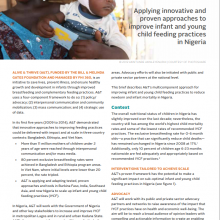Journal article
Jan 26 2024

Overpromoted and underregulated: National binding legal measures related to commercially produced complementary foods in seven Southeast Asian countries are not fully aligned with available guidance (Blankenship J, et al. Maternal & Child Nutrition. 2023)
Journal article
Jan 08 2024

Bridging the evidence-to-action gap: enhancing alignment of national nutrition strategies in Cambodia, Laos, and Vietnam with global and regional recommendations (Nguyen TT, Huynh NL, et al. Frontiers in Nutrition. 2024)
This journal article details Alive & Thrive’s examination of the alignment of recent National Nutrition Strategies and Action Plans (NNS) in Cambodia, Laos, and Vietnam with recent global and regional recommendations and standards with a focus on maternal, infant, and young child nutrition an
Brief
Oct 23 2018

Nigeria nutrition profiles
Nigeria has recently made progress toward strengthening policies and programs in support of maternal, infant and young child nutrition (MIYCN). However, progress has been limited to specific states—and creating strong plans for implementation of new policies remains a challenge.
Brief
Jul 08 2017

Country nutrition profile briefs
This series of country briefs report on key maternal and child nutrition indicators, progress towards reaching the World Health Assembly global nutrition targets, and current implementation of recommended policies and plans.
Brief
Feb 19 2016

Applying innovative and proven approaches to improve infant and young child feeding practices in Nigeria
The overall nutritional status of children in Nigeria has slightly improved over the last decade; nevertheless, the country still has among the world’s highest child mortality rates and some of the lowest rates of recommended IYCF practices.

